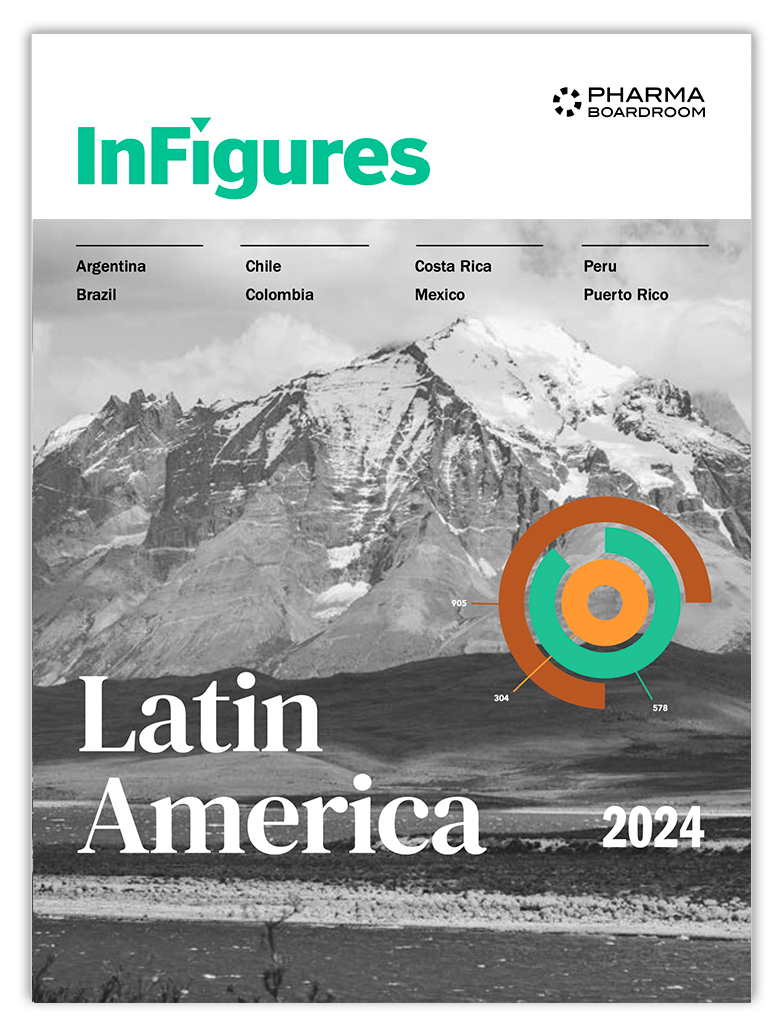Sarah Pope Miksinski, executive director/CMS regulatory affairs, and Gregory Rullo, senior director regulatory affairs, at AstraZeneca discuss the need for common ground among regulators and industry when it comes to patient centricity and for strategic leadership to address differing regulatory control-strategy requirements.
In today’s increasingly complex and intricate pharmaceutical landscape, industry and regulators alike frequently state the same core aim: to ensure that pharmaceutical products offer significant benefit to patients. This concept is captured via varied phrasing including reference to the voice of the patient, benefit/risk analysis, confidence in the next dose, and patient centricity, among many others. However, in all cases, fundamental benefit to patients is essential and is broken down into three pillars: efficacy, safety, and quality. Accordingly, in the pharmaceutical quality landscape, it is critical to develop common ground among regulators and industry when discussing patient centricity.
ICH defines quality as “The suitability of either a drug substance or drug product for its intended use.” During development, benefits of a medicine’s intended use are established through successful pivotal clinical studies that are designed to demonstrate safety and efficacy in a target patient population. Often, regional differences in clinical practice as well as dependences on race, ethnicity, weight, disease state, etc., may contribute to potential regional differences in a clinical dossier. While such clinical practice may differ by region, the intended use, target population, and proposed product remain unchanged, as should the appropriate quality requirements for that product. In an ideal global environment, this would hold true; however, in today’s pharmaceutical landscape, this ideal case is not fully realized and remains an area of opportunity in our service to patients worldwide.
… a single global quality dossier has proven elusive as regional or health authority interpretations of a proposed control strategy … can result in many region-specific control strategy requirements.
Typically, if a product is manufactured to a single quality standard at a manufacturing site and then distributed globally, a single global quality dossier would be achievable. Unfortunately, realization of a single global quality dossier has proven elusive as regional or health authority interpretations of a proposed control strategy (reference to ICH Q8 and Q10) can result in many region-specific control strategy requirements. This presents a collective and broad challenge in the CMC space, which is then compounded by differing post-approval change requirements across the globe, and also, large and often very complex pharmaceutical portfolios.
Quality by Design (QbD) as described in ICH Q8, in combination with ICH Q9, Q10, and Q11, committed to improving confidence in quality through a product’s lifecycle and enabling global regulatory convergence for new marketing applications and post-approval variations. Collectively, the guidelines reference the control strategy as a fundamental concept in QbD implementation. In turn, this concept could be considered a significant shared opportunity for regulators and industry, as the holistic, total, or overall control strategy could easily be envisioned as a tangible link to the patient in the CMC space.
Unfortunately, industry has observed global regulatory divergence regarding the interpretation and implementation of ICH guidelines (including the acceptance of a proposed control strategy) across various geographic regions. Accordingly, strong and strategic leadership from industry and global regulators is needed to address differing control-strategy requirements and to adopt standards and assessment practices that more significantly focus on patient needs and expectations.
Read the full article on the DIA Global Forum website.



